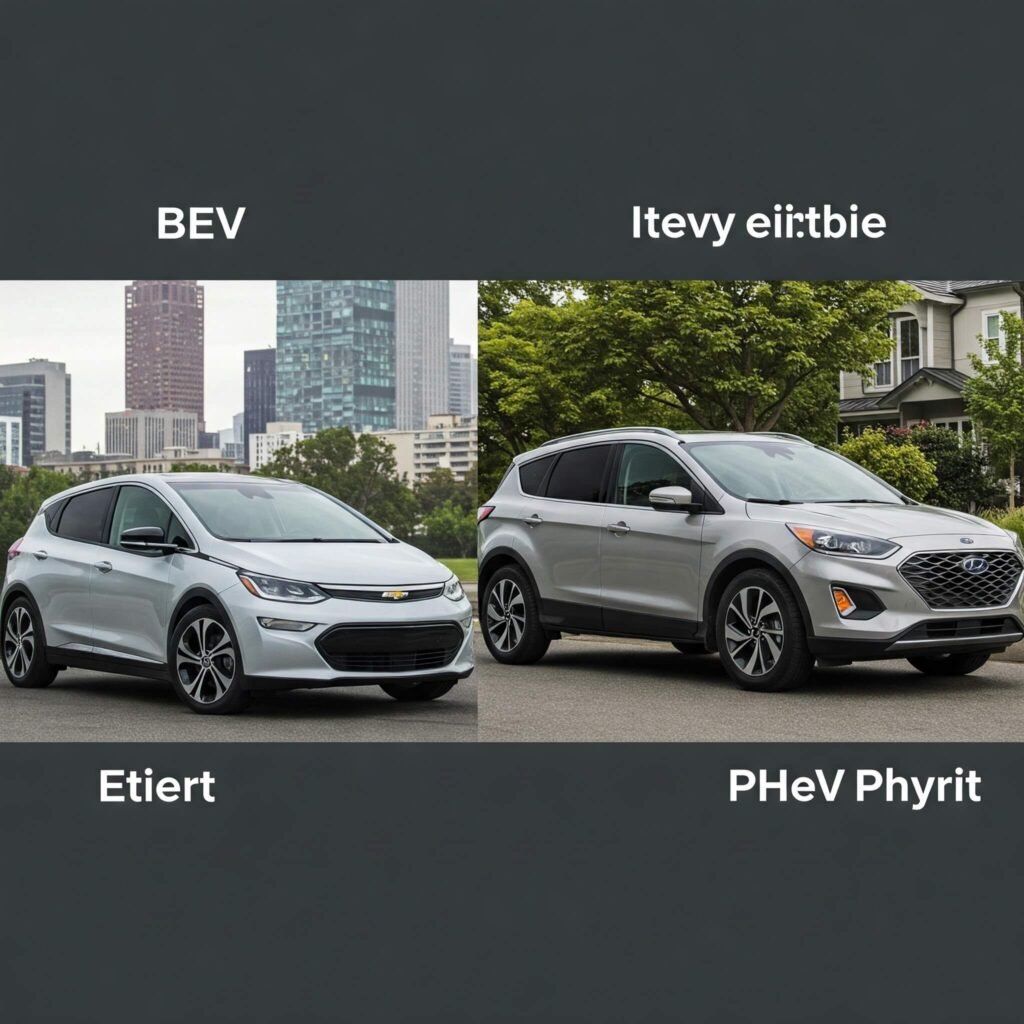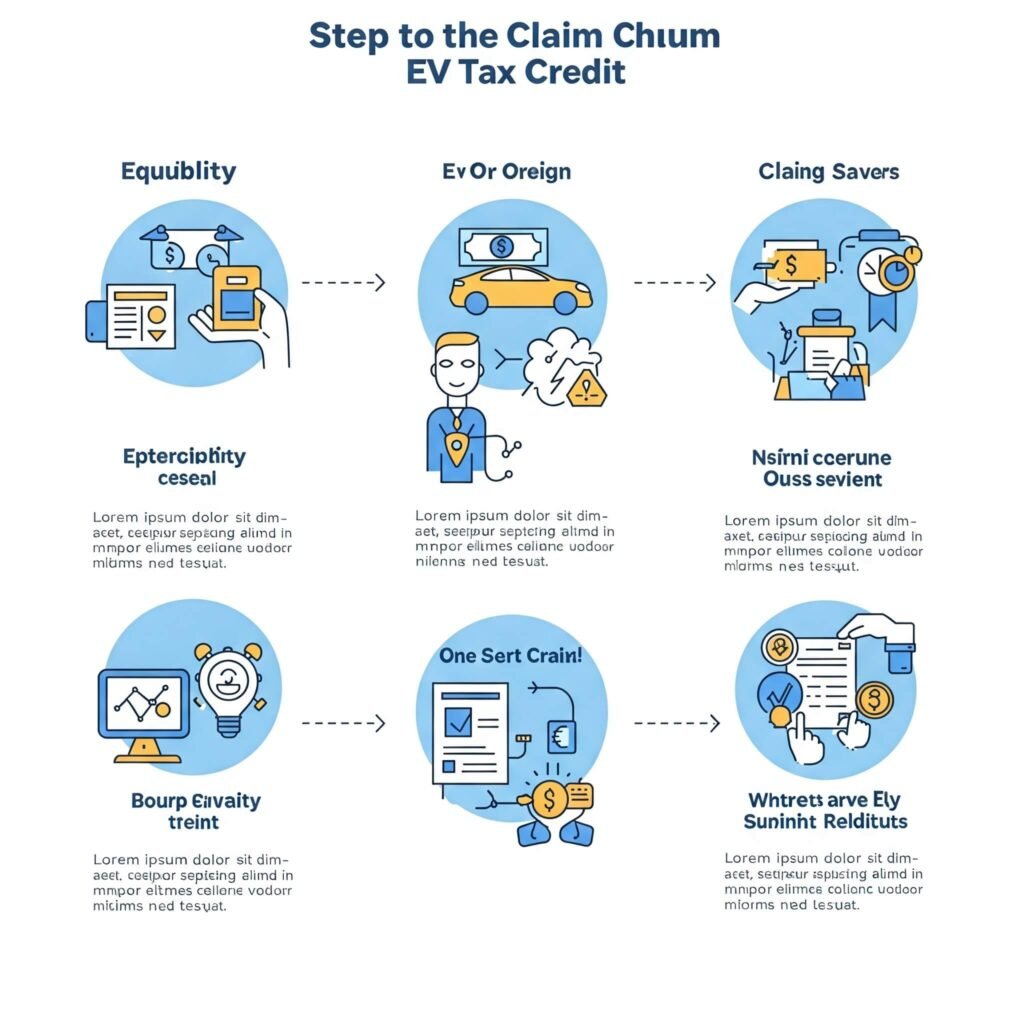The EV tax credit is a federal incentive designed to make electric vehicles more accessible to consumers. It aims to encourage the adoption of clean energy transportation and reduce our reliance on fossil fuels. This credit can significantly lower the overall cost of purchasing a new or even a used electric vehicle. However, understanding the specific rules and regulations surrounding the EV tax credit is crucial to determine if you qualify in 2025.
What Electric Vehicles Qualify for the Tax Credit in 2025?
Not every electric vehicle on the market is eligible for the EV tax credit. Several criteria must be met for a vehicle to qualify in 2025. These typically include:
- Vehicle Type: The credit generally applies to battery electric vehicles (BEVs) and plug-in hybrid electric vehicles (PHEVs).
- Battery Capacity: The vehicle must have a battery capacity of a certain minimum kilowatt-hour (kWh). While specific figures for 2025 might see minor adjustments, current regulations stipulate a minimum battery capacity. Keep an eye on official government resources for the exact 2025 requirements.
- New vs. Used: There are separate rules for new and used EV tax credits. New vehicles often have stricter requirements regarding manufacturing location and battery components. Used EVs may have different credit amounts and eligibility criteria.
- Manufacturer Requirements: There might be limitations based on the manufacturer’s sales volume. Once a manufacturer sells a certain number of electric vehicles, their vehicles may no longer be eligible for the full credit.
- Price Caps: The purchase price of the vehicle cannot exceed a certain threshold to qualify for the EV tax . These price caps often vary depending on the type of vehicle (e.g., cars, trucks, vans, SUVs).

Key Eligibility Requirements for Claiming the EV Tax Credit in 2025
Beyond the vehicle itself, your personal circumstances also play a role in qualifying for the EV tax in 2025. Here are some key eligibility requirements for the buyer:
- Income Limitations: Your modified adjusted gross income (MAGI) cannot exceed certain thresholds. These limits are typically based on your filing status (single, married filing jointly, head of household).
- Purchase for Personal Use: You must purchase the vehicle for your own use and not for resale.
- Tax Liability: The amount of the credit you can claim is limited to your tax liability for the year. This means you won’t receive the credit as a direct refund if it exceeds the taxes you owe.
Actionable Takeaway: Review the official IRS guidelines and any updates for the 2025 EV tax credit to ensure you meet both the vehicle and personal eligibility requirements.
How to Claim Your EV Tax Credit in 2025
Claiming the EV tax credit typically involves the following steps:
- Obtain the Necessary Documentation: The seller should provide you with a form or statement confirming the vehicle’s eligibility for the credit.
- File Form 8936: You will need to complete and file IRS Form 8936, Clean Vehicle Credits, with your federal income tax return for the year you purchased the vehicle (in this case, 2025).
- Submit with Your Tax Return: Include Form 8936 when you file your annual tax return.

Maximizing Your EV Tax Credit Benefits in 2025
To make the most of the EV tax credit in 2025, consider these tips:
- Research Qualifying Vehicles: Before making a purchase, thoroughly research which vehicles are eligible for the credit and meet your needs. Resources like the Department of Energy’s website ([Placeholder for DOE Link]) and the IRS website ([Placeholder for IRS Link]) are excellent sources of information.
- Understand the Timing: Pay attention to when you purchase the vehicle. The credit is generally claimed in the tax year the vehicle is placed in service (i.e., when you take possession).
- Consider Both New and Used Options: Explore both new and used electric vehicles, as both may offer tax credit opportunities, albeit with different rules.
The Future of EV Tax Credits Beyond 2025
While this guide focuses on the EV tax credit in 2025, it’s important to be aware that these regulations can change. Future legislation or adjustments to existing rules could impact eligibility criteria and credit amounts in subsequent years. Staying informed through reliable sources is key to understanding the evolving landscape of EV tax credits.







































